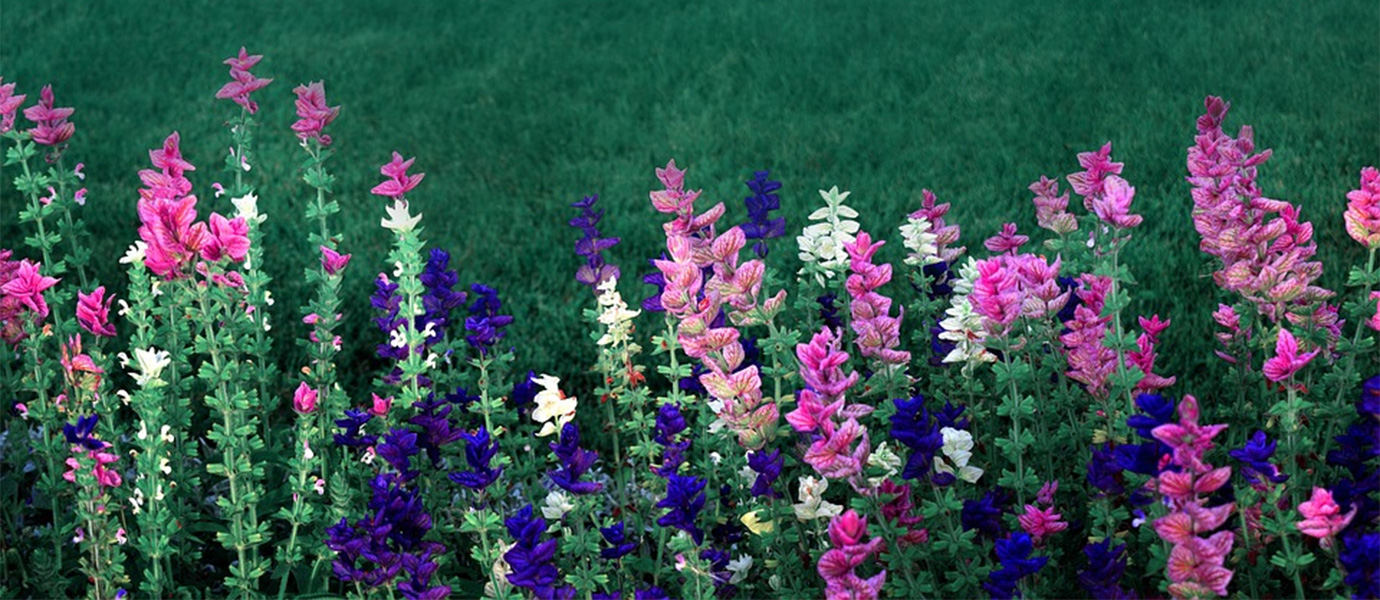ABOUT
Queens Botanical Garden
Groups can enjoy this 39-acre urban oasis, which contains thematic gardens and historic plantings; as well as gardens demonstrating sustainable landscape practices. It offers guided tours and educational programs tailored to any age group. Visitors can enjoy an arboretum, seasonal plants, honeybees, wetland species, a “green roof” garden, perennials, shrubs, herbs, and more.
contact info
Hrs: Tues.-Sun. 8AM-4:30PM (6PM Apr.-Oct.).
HELPFUL LESSON PLAN(S)
Prepared by FieldTripDirectory.com
Botanical Garden Lesson Plan
FUN FACTS
The diverse world of plants is perhaps the weirdest, and most fascinating, of all living things. Bamboo can grow over three feet in one day (you can literally watch it grow). There are 600 species of carnivorous plants, which trap and digest insects, frogs, or small birds (if a vegetarian eats this plant, are they still a vegetarian?). The world’s largest flower, Rafflesia, can grow up to three feet in diameter (how big would a bouquet be…). Do a little digging on your next trip to a botanical garden (not literally!), and see what interesting plant facts you can find.
View Lesson Plan>>ABOUT
Queens Botanical Garden
Groups can enjoy this 39-acre urban oasis, which contains thematic gardens and historic plantings; as well as gardens demonstrating sustainable landscape practices. It offers guided tours and educational programs tailored to any age group. Visitors can enjoy an arboretum, seasonal plants, honeybees, wetland species, a “green roof” garden, perennials, shrubs, herbs, and more.
contact info
Hrs: Tues.-Sun. 8AM-4:30PM (6PM Apr.-Oct.).
HELPFUL LESSON PLAN(S)
Prepared by FieldTripDirectory.com
Botanical Garden Lesson Plan
FUN FACTS
The diverse world of plants is perhaps the weirdest, and most fascinating, of all living things. Bamboo can grow over three feet in one day (you can literally watch it grow). There are 600 species of carnivorous plants, which trap and digest insects, frogs, or small birds (if a vegetarian eats this plant, are they still a vegetarian?). The world’s largest flower, Rafflesia, can grow up to three feet in diameter (how big would a bouquet be…). Do a little digging on your next trip to a botanical garden (not literally!), and see what interesting plant facts you can find.
View Lesson Plan>>ABOUT
Queens Botanical Garden
Groups can enjoy this 39-acre urban oasis, which contains thematic gardens and historic plantings; as well as gardens demonstrating sustainable landscape practices. It offers guided tours and educational programs tailored to any age group. Visitors can enjoy an arboretum, seasonal plants, honeybees, wetland species, a “green roof” garden, perennials, shrubs, herbs, and more.
contact info
Hrs: Tues.-Sun. 8AM-4:30PM (6PM Apr.-Oct.).
HELPFUL LESSON PLAN(S)
Prepared by FieldTripDirectory.com
Botanical Garden Lesson Plan
FUN FACTS
The diverse world of plants is perhaps the weirdest, and most fascinating, of all living things. Bamboo can grow over three feet in one day (you can literally watch it grow). There are 600 species of carnivorous plants, which trap and digest insects, frogs, or small birds (if a vegetarian eats this plant, are they still a vegetarian?). The world’s largest flower, Rafflesia, can grow up to three feet in diameter (how big would a bouquet be…). Do a little digging on your next trip to a botanical garden (not literally!), and see what interesting plant facts you can find.
View Lesson Plan>>ABOUT
Queens Botanical Garden
Groups can enjoy this 39-acre urban oasis, which contains thematic gardens and historic plantings; as well as gardens demonstrating sustainable landscape practices. It offers guided tours and educational programs tailored to any age group. Visitors can enjoy an arboretum, seasonal plants, honeybees, wetland species, a “green roof” garden, perennials, shrubs, herbs, and more.
contact info
Hrs: Tues.-Sun. 8AM-4:30PM (6PM Apr.-Oct.).
HELPFUL LESSON PLAN(S)
Prepared by FieldTripDirectory.com
Botanical Garden Lesson Plan
FUN FACTS
The diverse world of plants is perhaps the weirdest, and most fascinating, of all living things. Bamboo can grow over three feet in one day (you can literally watch it grow). There are 600 species of carnivorous plants, which trap and digest insects, frogs, or small birds (if a vegetarian eats this plant, are they still a vegetarian?). The world’s largest flower, Rafflesia, can grow up to three feet in diameter (how big would a bouquet be…). Do a little digging on your next trip to a botanical garden (not literally!), and see what interesting plant facts you can find.
View Lesson Plan>>
